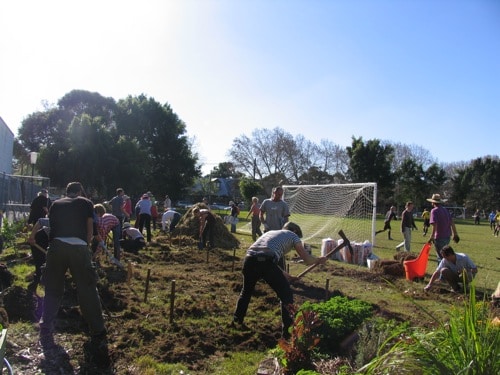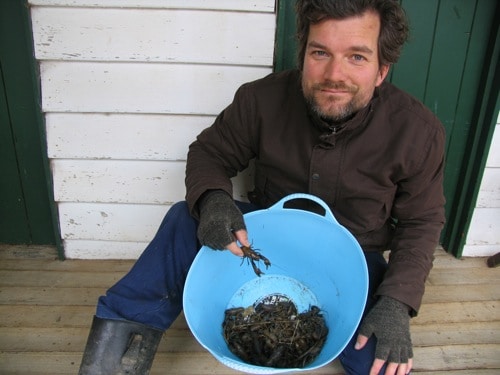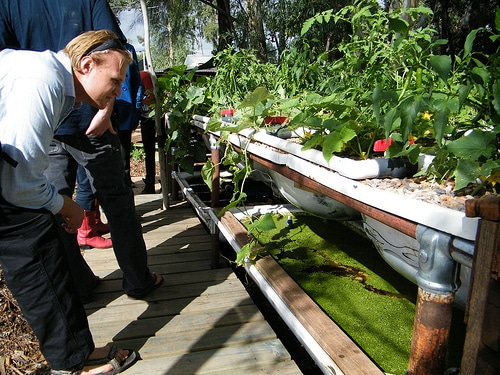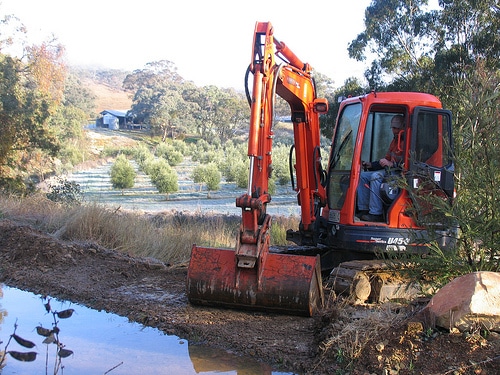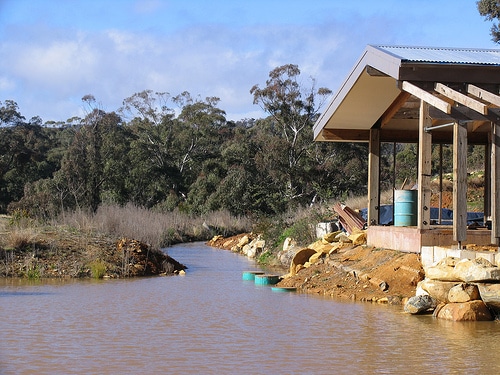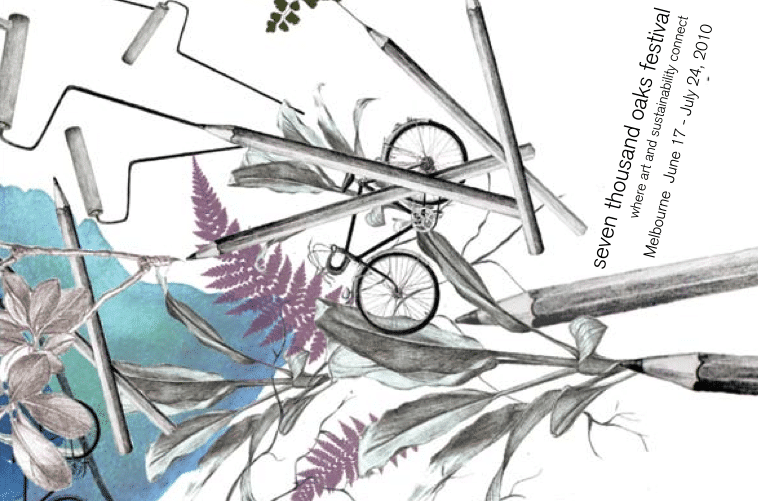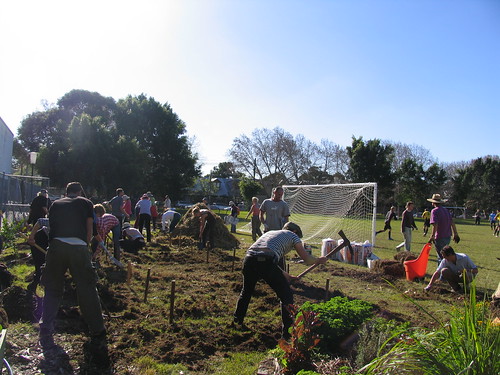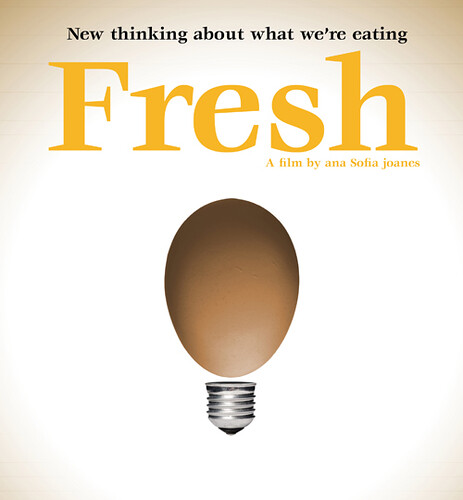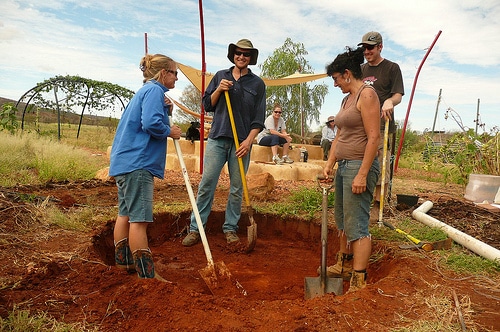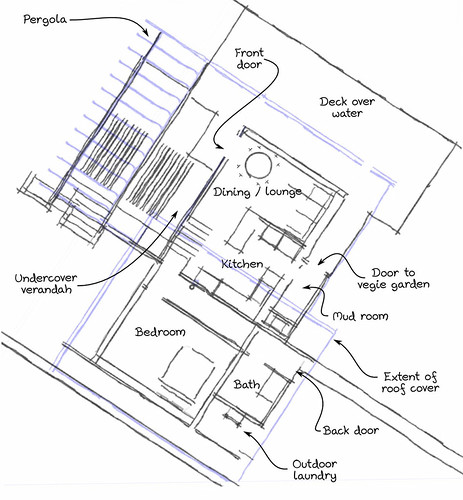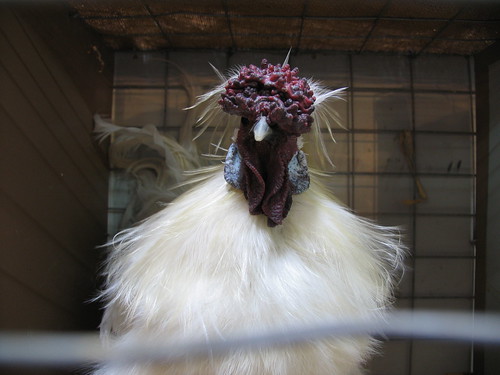Milkwood is hosting a screening of new documentary FRESH at 7pm on Friday, May 28th, at Alexandria Park Community Center in Sydney. The screening is free and everyone's welcome. Directions to the venue are here.
Come along and enjoy free organic popcorn as you watch (or perhaps re-watch) one of the best documentaries around on food as we know it and what we can do to reclaim good, clean fair food in the western world today. Following the film will be an open forum on possible strategies for local food systems in the Sydney basin and beyond.
FRESH celebrates the farmers, thinkers and business people across America who are re-inventing their food system. Each has witnessed the rapid transformation of their agriculture into an industrial model, and confronted the consequences: food contamination, environmental pollution, depletion of natural resources, and morbid obesity. Forging healthier, sustainable alternatives, they offer a practical vision for a future of all our food and our planet.
Among several main characters, FRESH features urban farmer and activist, Will Allen, the recipient of MacArthur’s 2008 Genius Award; sustainable farmer and entrepreneur, Joel Salatin, made famous by Michael Pollan’s book, The Omnivore’s Dilemma; and supermarket owner, David Ball, challenging the Wal-Mart dominated economy.
This will be the first of a series of film nights we're running at Alexandria Park this winter – it's kindof an off-shoot of the Urban Permaculture Design Certificate we're running at the same venue each weekend. We've got access to some amazing documentaries that offer insights and solution-based approaches to some of our biggest questions and problems in the world today. All screenings are completely free and kids are welcome. We hope to see you there.
Details
 [/caption]
[/caption]
